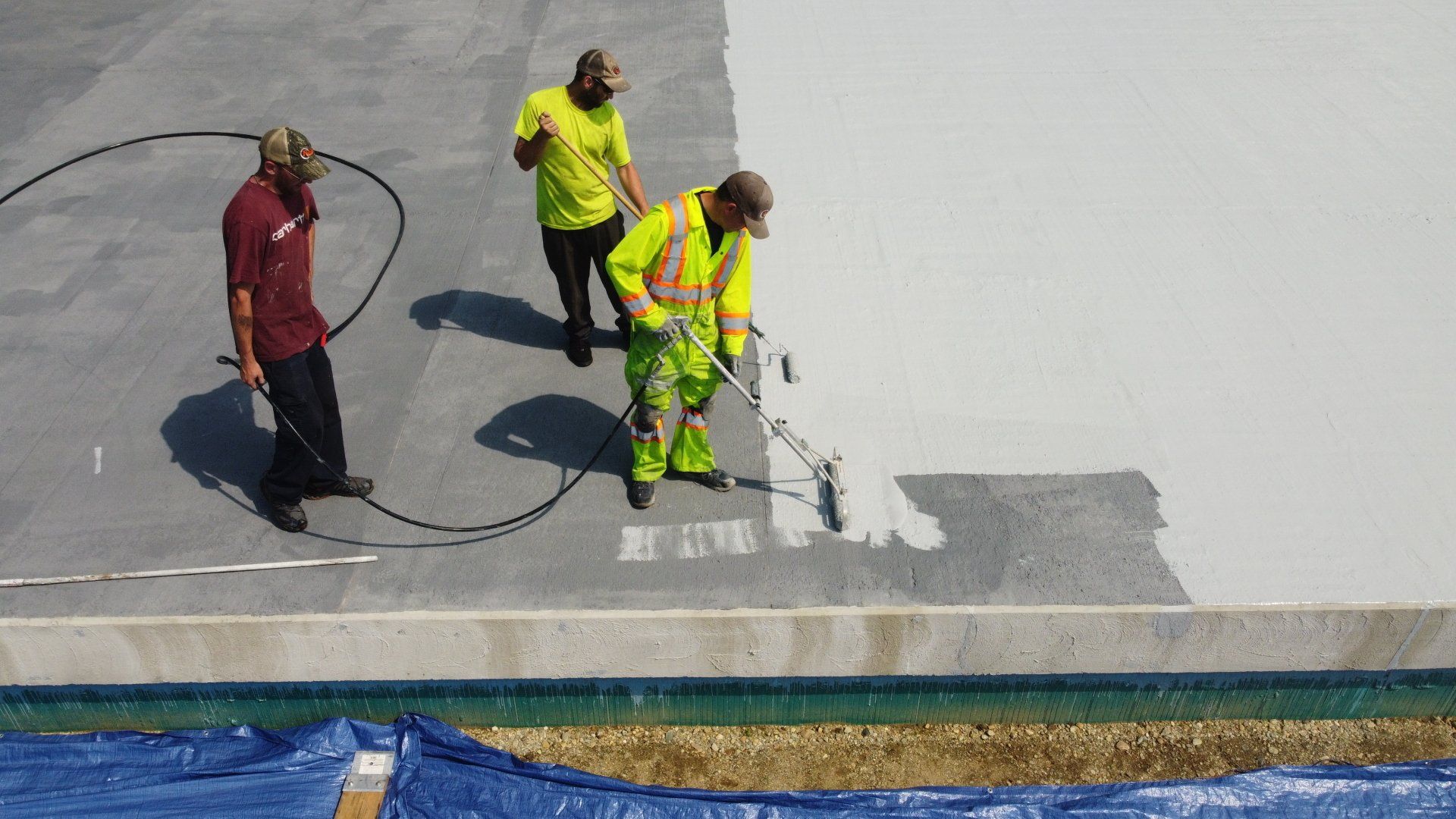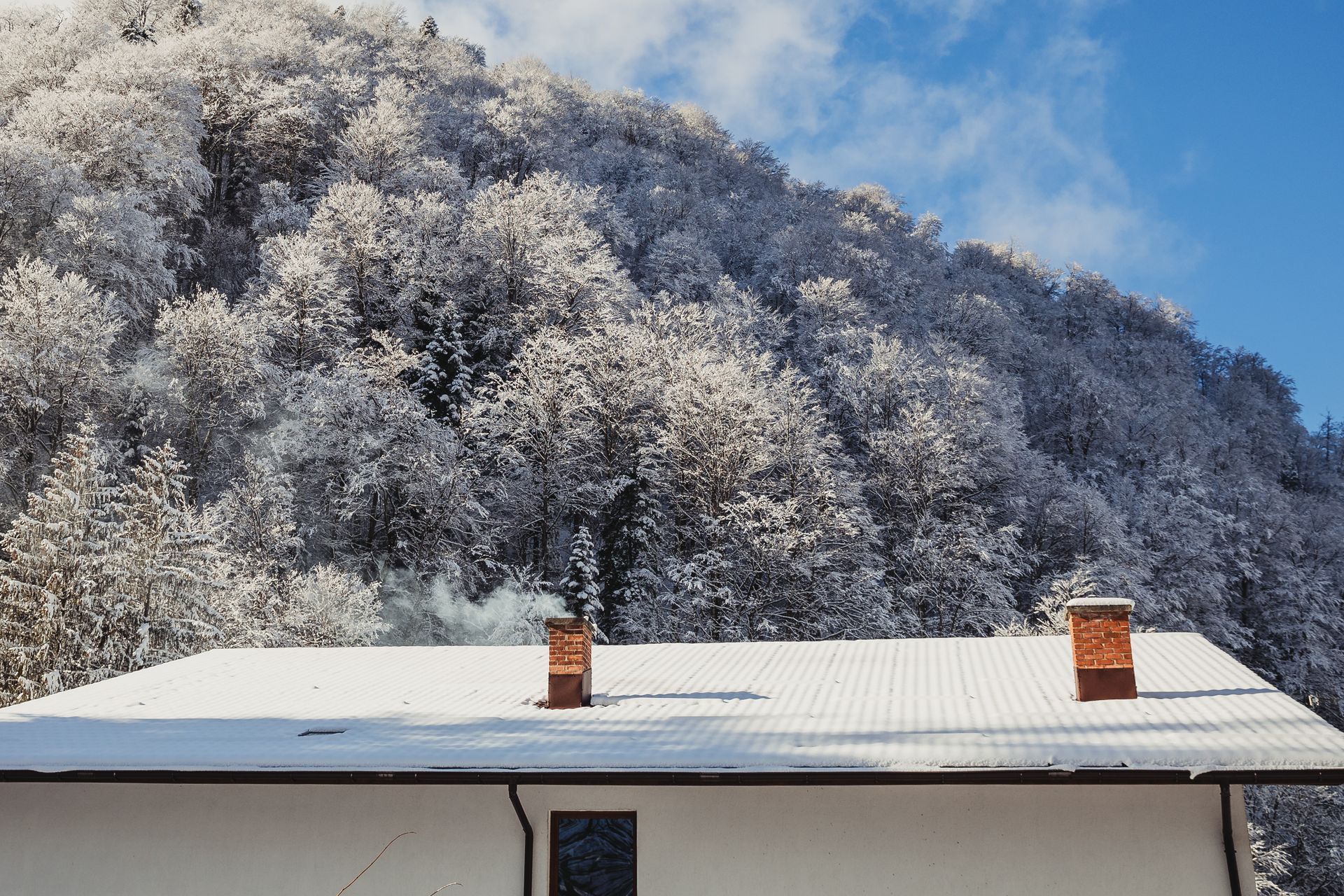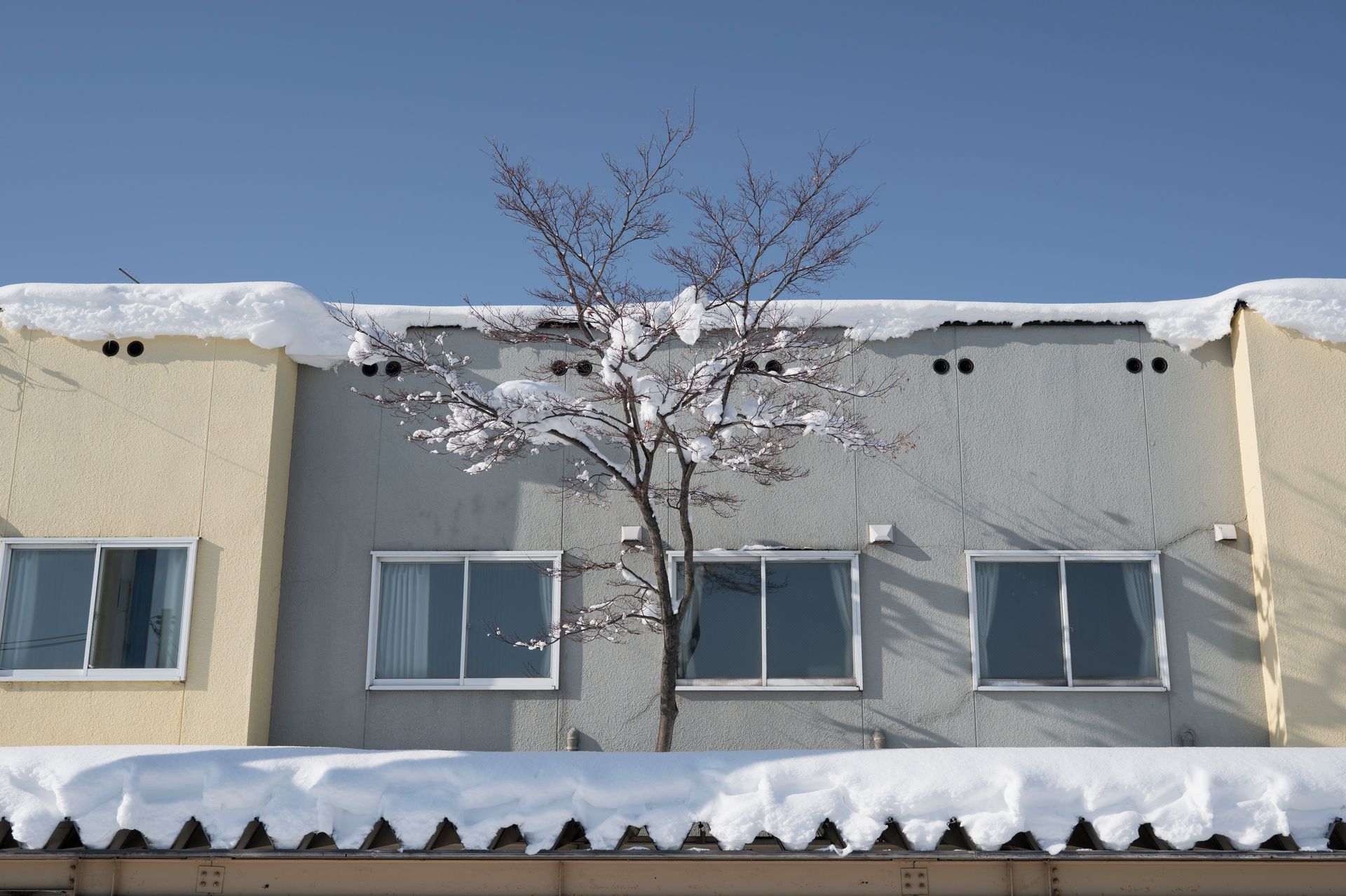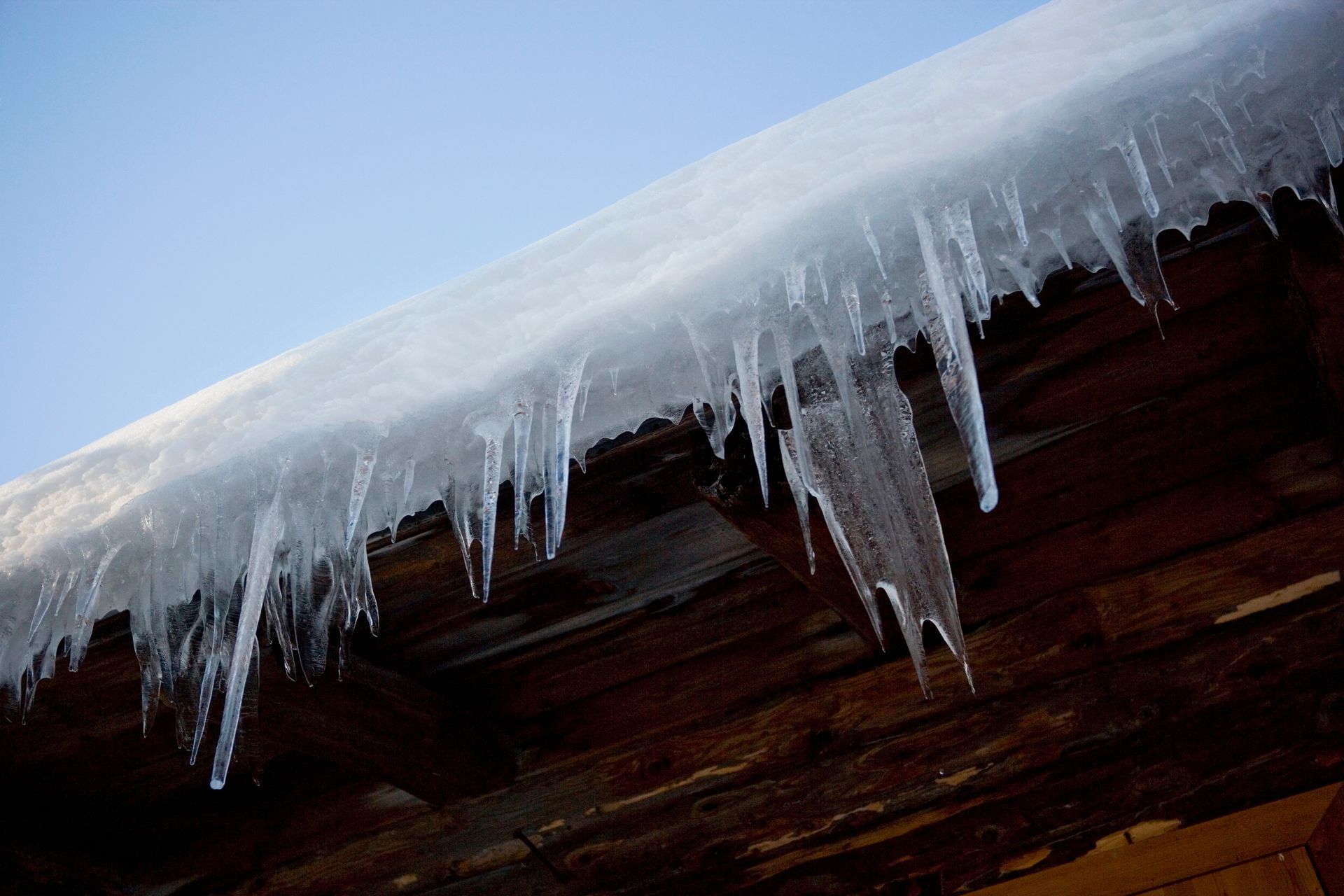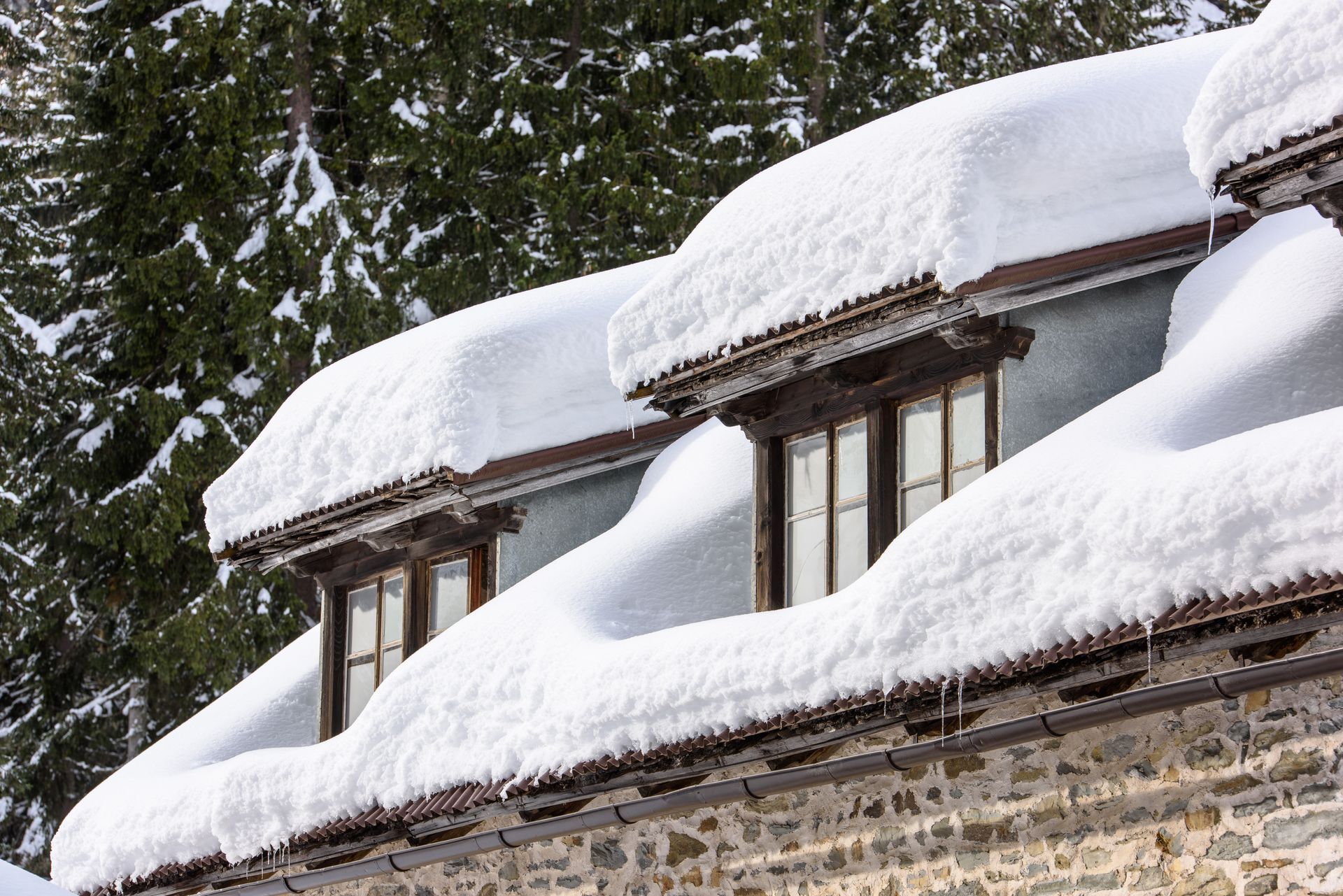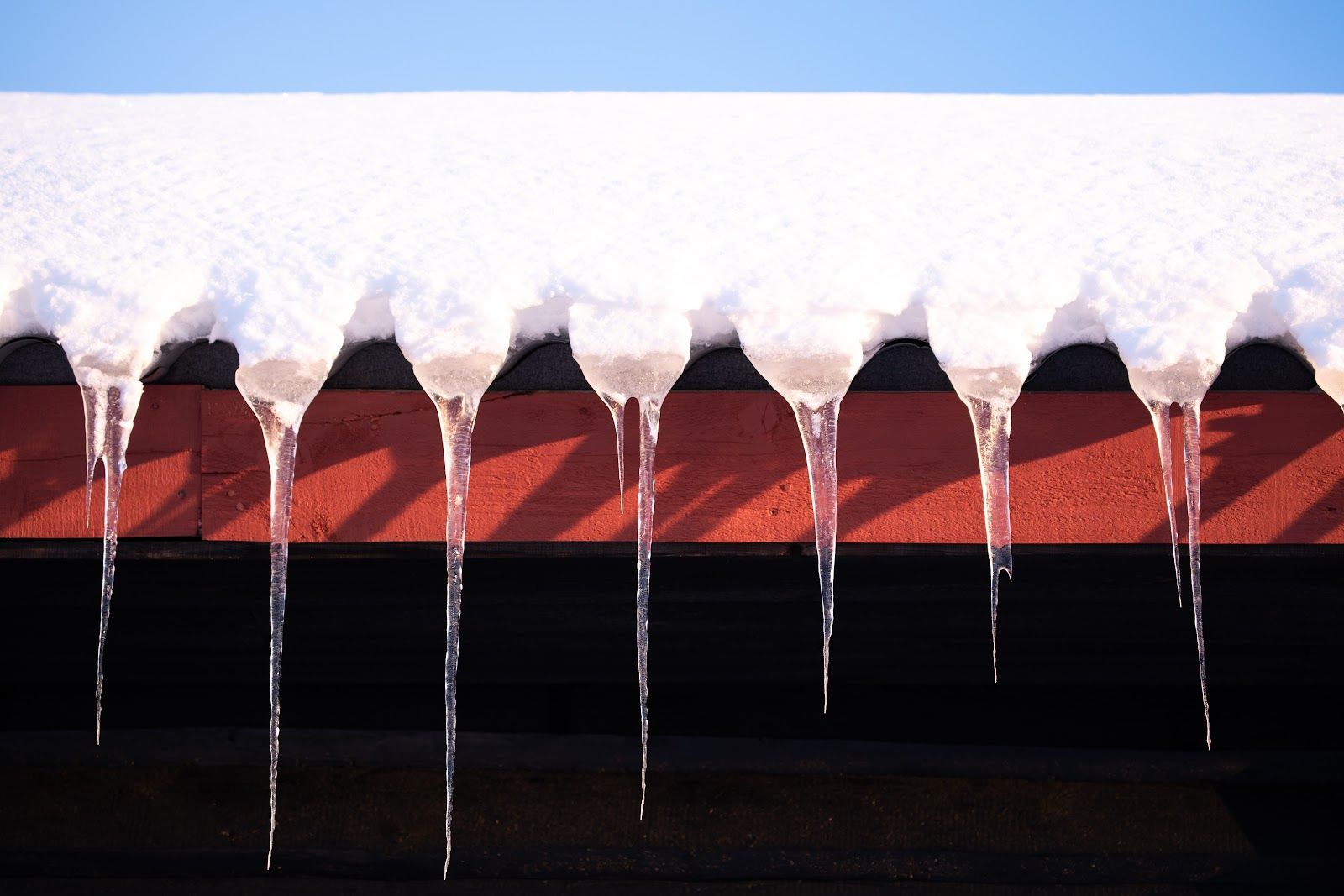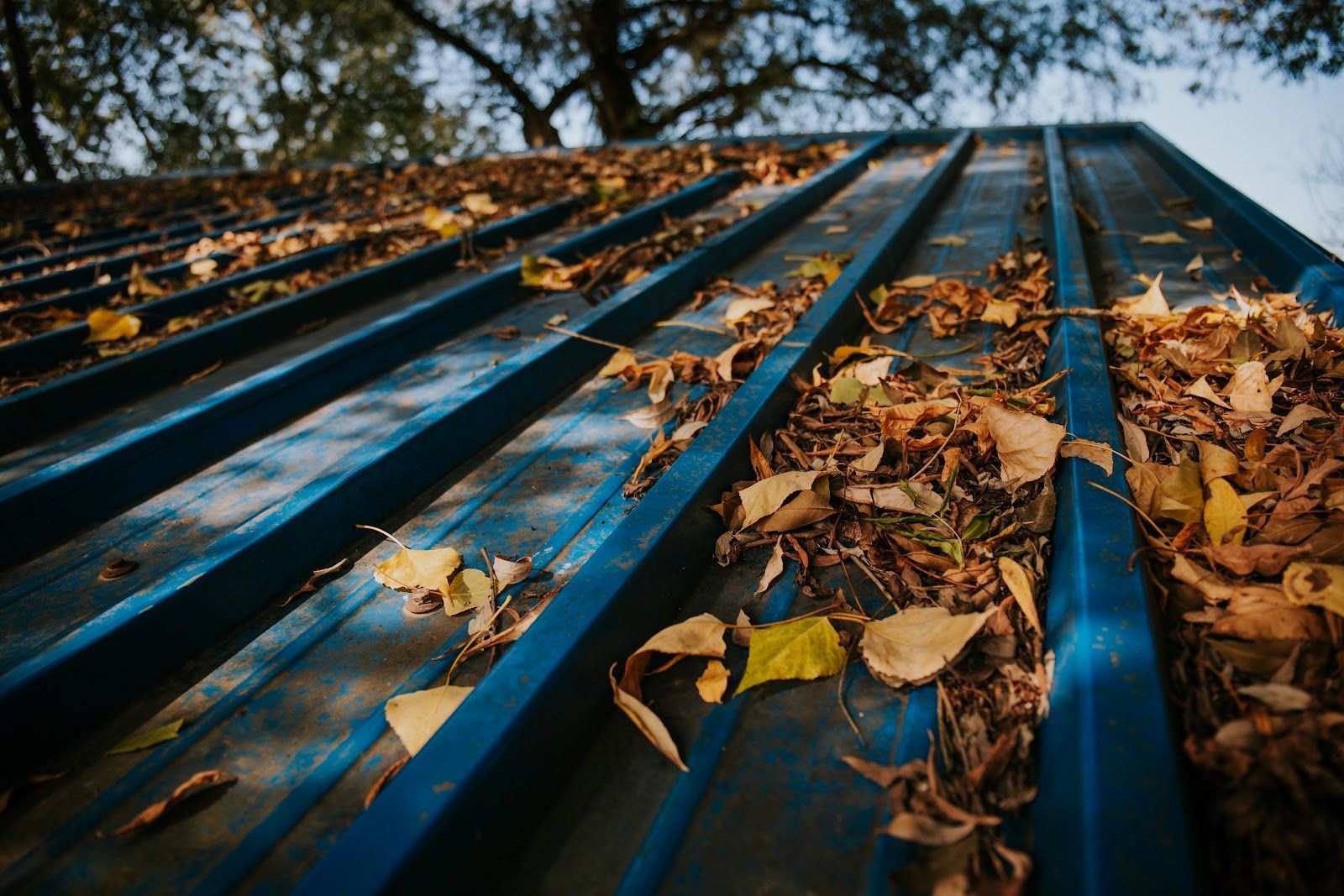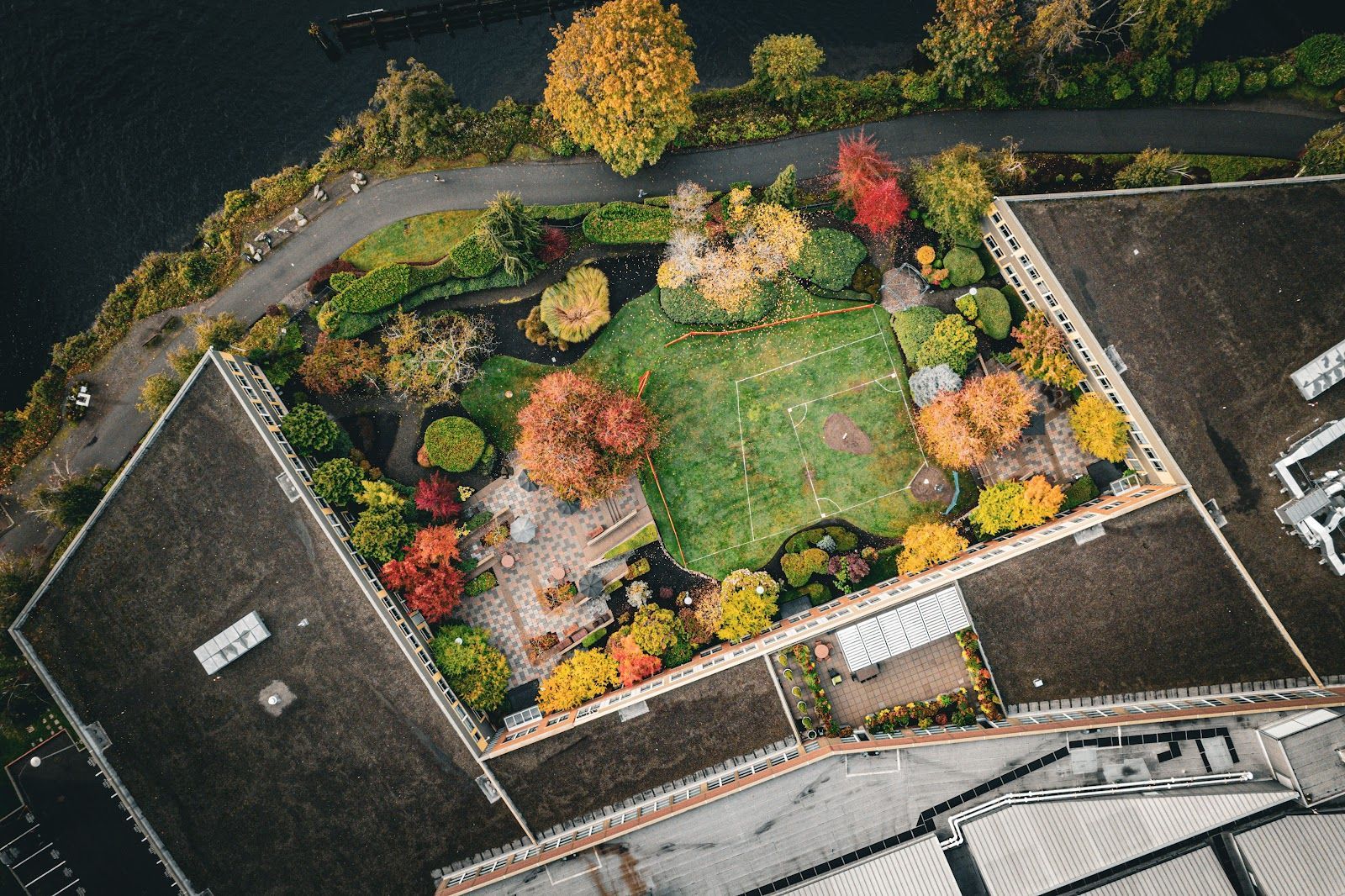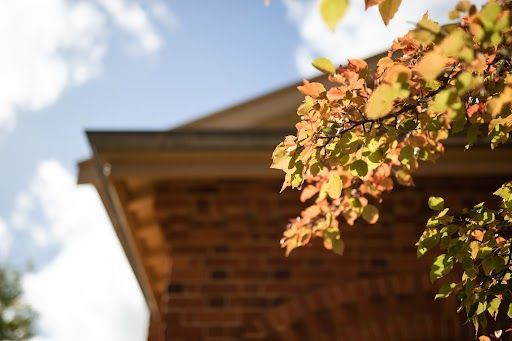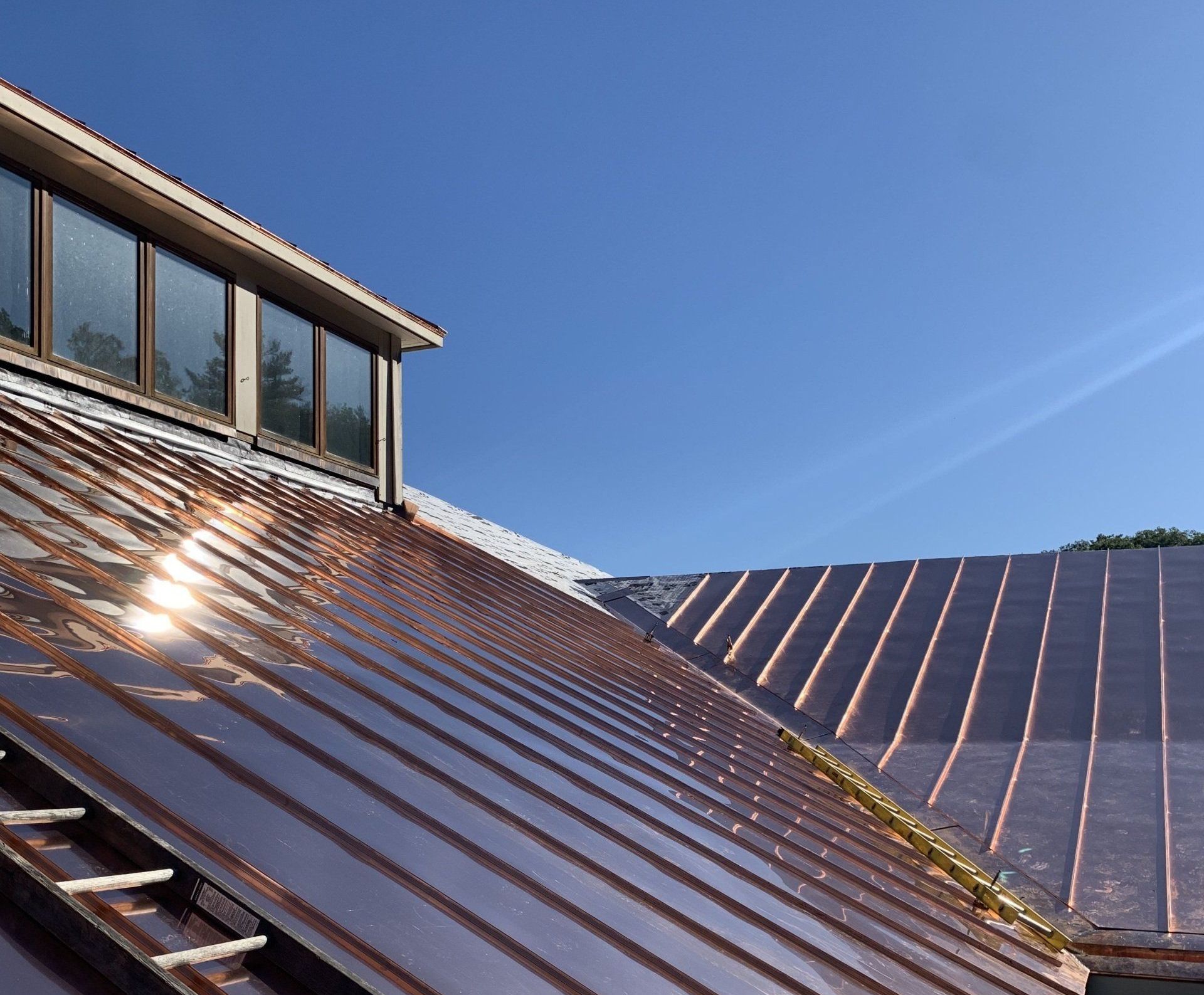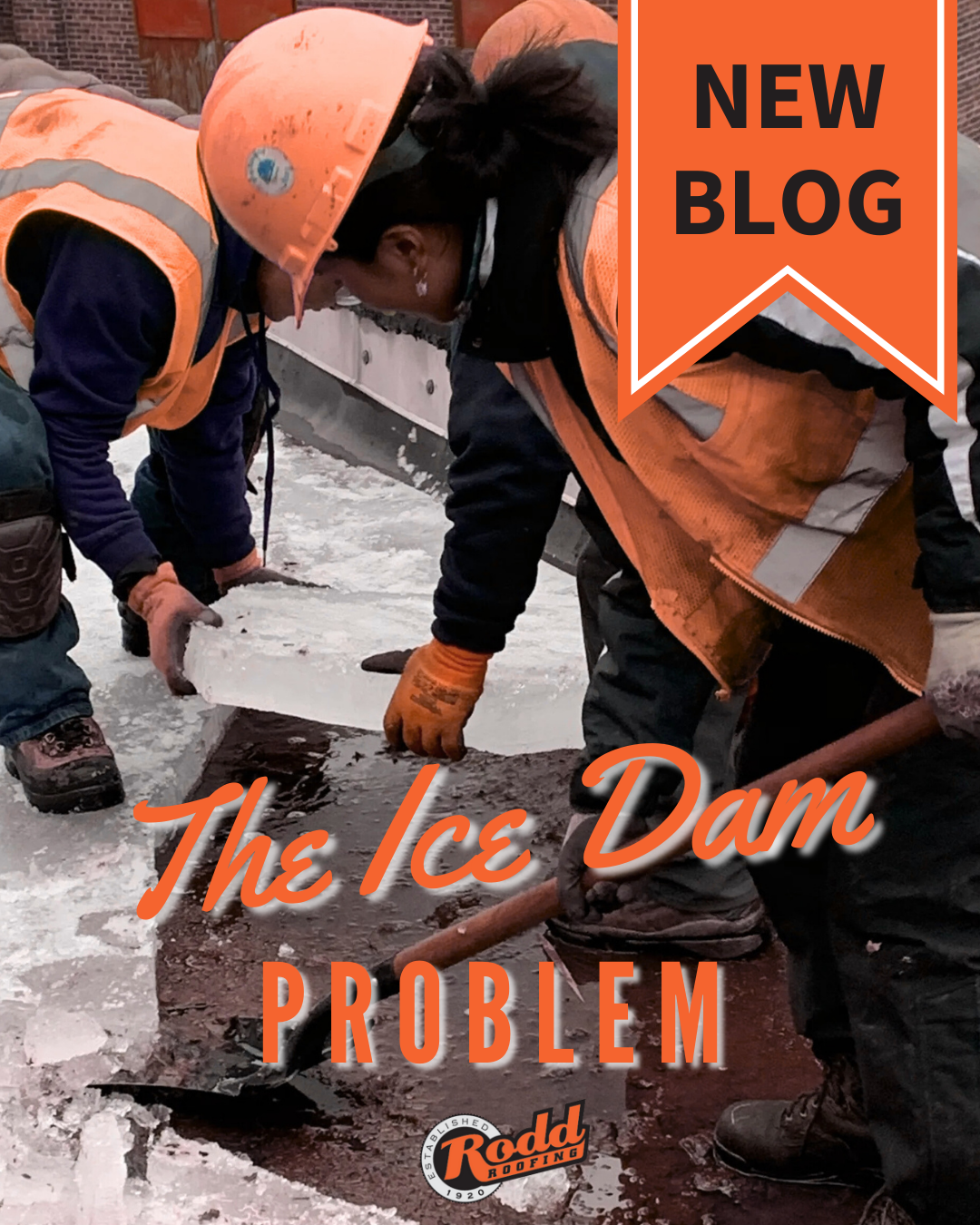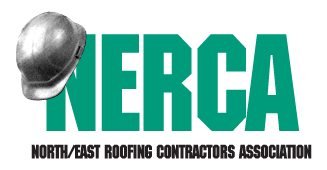Liquid Applied Membrane
What is Liquid Applied Membranes?
Some of the quickest, sturdiest, and most affordable roofing systems available today are liquid applied membrane materials.
There have been roofs over our heads for as long as there have been people. And there has always been pressure to improve them. Humans have been continuously improving our roofing technology, starting with the development of thatch thousands of years ago and continuing through the centuries-old clay tiles and modern asphalt roofing. All of this is done with the intention of keeping the house tidy, secure, and above all, dry. So it's quite ironic that liquid is the roofing of the future.
Every element of our lives has seen a revolution in the last several decades due to the discovery and widespread use of polymer-based products. Synthetic polymers, which are simply a class of plastics with a fancy name, are very durable, light, and flexible. They have developed into a necessity in our daily life during the past 50 years. Today, polymer technology is responsible for everything from the components in your car to the fabric in your jeans. Liquid applied membrane, or LAM for short, is our polymer revolution, and the roofing sector is no exception.
How come it's so awesome? With LAM, we can create roofs that are incredibly cost-effective, better able to tolerate UV radiation, save on energy, dramatically increase roof life, and help avoid fires. And a roller, brush, and sprayer is used to apply everything!
What Exactly is a Liquid Applied Membrane?
We should set some groundwork before learning about what LAM has to offer. The structural component of a roof is referred to as the "substrate" in this context. Consider a substrate as the wall studs in your home—it serves as a foundation for other important components to adhere to and rest atop. Insulation layers on the substrate control the temperature of the building. Condensation is combated via vapor control layers. The primary line of defense against the elements is provided by the membrane, which is the layer that matters the most to us. A membrane for flat roofs is often comprised of rubber, asphalt, or modified bitumen, which is an asphalt-based substance.
The newest member of this group of housetop defenders is LAM. While LAM is sprayed in a liquid form using either a specialized sprayer or roller, asphaltic and rubber-based membranes are applied by partially melting them with a butane/propane flame. It's as simple as painting a wall or watering a lawn. The process of curing has already started in a matter of seconds. This method of putting asphalt uses a quarter of the time and produces none of the dangerous fumes that hot application does. In the correct conditions, LAM may coat hundreds of feet of rooftop in a single day. After curing, it can survive for decades, outlasting the majority of asphaltic roofs.
It is also by nature exhaustive. With a smooth waterproof coating that completely conforms to the shape of the roof, the liquid application fills all gaps and cracks. For flat roofs, where careful planning is crucial, this can be a tremendous benefit. Additionally, liquid membrane is incredibly versatile and slows the spread of fire while allowing water vapor to travel through to prevent blistering. Even waterproofing basements and walls can be accomplished with it!
What Can the Technology Do?
For brand-new roof constructions, polymer technology is really fascinating. It changes everything to be able to quickly deploy flexible, weather-resistant membranes in liquid form. What about people or businesses who wish to benefit from this technology but don't want to replace their current roof?
Say no more: old roofs can be coated with the same polymers used in LAM roofing. To stop leaks and add extra security, LAMs are coated over the existing roofing materials. A layer of liquid applied roofing can be quite beneficial for asphalt, bitumen, TPO, PVC, and even metal roofs. A coating will patch up any leaky seams or cracks and stop more from forming in the first place. Compared to a conventional roof replacement, roof coating creates far less noise and trash.
A coating will also cool your roof down on top of everything else. a lot, almost. Asphalt roofs frequently attain temperatures that are fifty degrees above the surrounding air when exposed to the sun's heat. This implies that your shingles or blacktop roofs can really fry eggs in Baltimore, Maryland, when summer temperatures can soar above 90 degrees. Asphalt becomes more fragile and brittle in extreme heat.
Asphalt and sheet metal absorb the heat, but liquid coating does not. Roof materials stay substantially cooler and are protected from UV rays when coated with roofing polymer. The underlying layers stay stable because coated roofs can stay tens of degrees colder than their uncoated counterparts. Additionally, it increases the energy efficiency of your business, which lowers your heating and cooling costs.
Finally, coated roofs have a stunning appearance. Without the inconvenience of a complete replacement, a new roof coating can restore the brilliance and sheen of an old, stained roof. There are no costly re-roofing tools, no fume-producing torches, and no tear-off debris to cart away afterwards.
LAM and liquid polymers offer a number of benefits over other materials at a fraction of the expense, whether you're searching for the best membrane for your new roof or simply trying to restore and protect an old one. Given the advantages, it is not surprising that LAM usage is increasing across the country.
